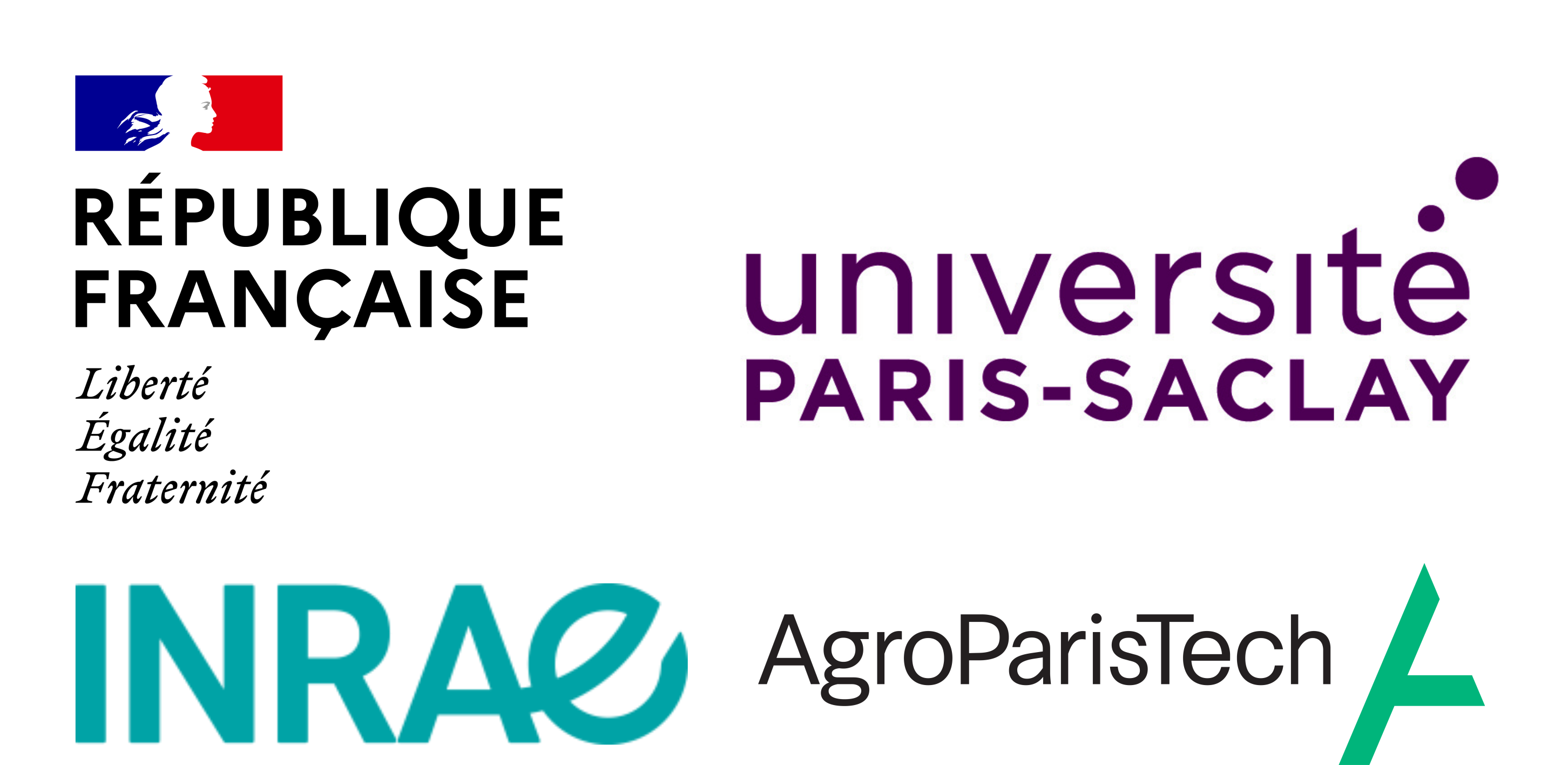Image Analysis and Untargeted Metabolomics Reveal Potential Phytotoxins from Fusarium venenatum Against Major Parasitic Weed Phelipanche ramosa (L.) Pomel
Résumé
Branched broomrape (Phelipanche ramosa (L.) Pomel), an obligate parasitic weed with a wide host range, is known for its devasting effects on many crops worldwide. Soil fungi, notably Fusarium sp., are described as pathogenic to broomrape, while the hypothesis of the phytotoxicity of fusaric acid produced by F. verticillioides for parasitic weeds of the genus Orobanche has been proposed. Using image analysis and untargeted metabolomics, this study investigated fungal metabolites phytotoxic for P. ramosa and produced by the F. venenatum MIAE02836 strain, isolated from symptomatic broomrapes and identified as a promising candidate for broomrape biocontrol. Phytotoxicity tests of crude extracts from the fungus alone or in interaction with broomrape on P. ramosa microcalli and quantification of necrosis by image analysis confirmed the phytotoxic potential of F. venenatum MIAE02836 metabolites towards the early developmental stages of P. ramosa. Data analysis of a non-targeted metabolomics approach revealed numerous metabolites produced by F. venenatum MIAE02836. Four of them, accumulated during interaction with the parasitic plant, are known for their phytotoxic potential: maculosin, cyclo(Leu-Phe), phenylalanyl-D-histidine and anguidine. These results suggest that combining image acquisition of the microcalli screening test and untargeted metabolomic approach is an interesting and relevant method to characterize phytotoxic fungal metabolites.
| Origine | Publication financée par une institution |
|---|---|
| licence |




